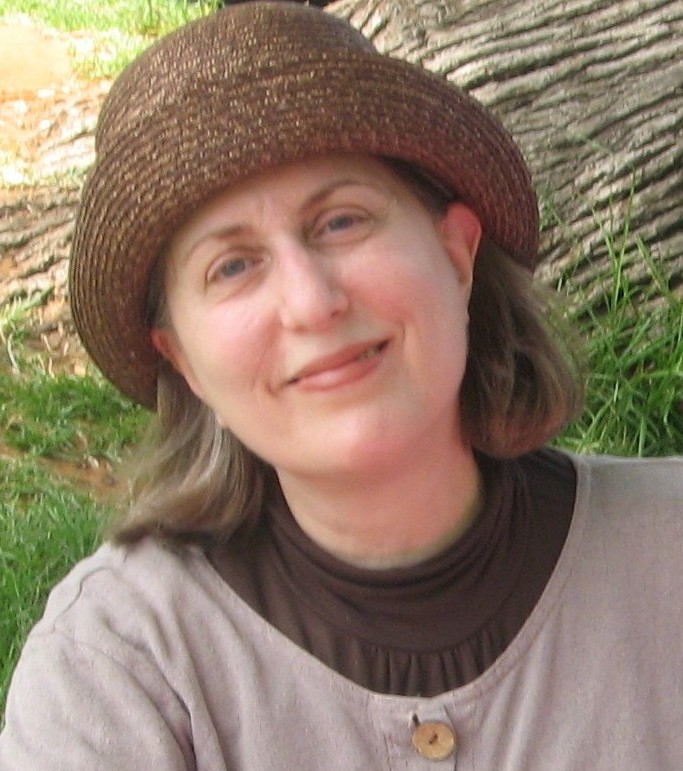Tehillim: Minhagim and Mysteries

Tradition tells us that Dovid Hamelech passed away on Shavuos. What better time, then, to explore some of the minhagim that have developed throughout the ages regarding the precious gift he gave to Am Yisrael: Sefer Tehillim

Shavuos in Jerusalem! While many have the minhag to walk to the Old City and daven Shacharis at the Kosel, some will go to Har Tzion to say Tehillim by the kever of Dovid Hamelech, who passed away on this day. The visit to Har Tzion is just one of the many minhagim that have sprung up over the centuries concerning Tehillim. When, where, and why did these minhagim begin?
Why Five?
Rav Eliyahu de Vidas, author of Reishis Chochmah, writes in Shaar Ha’ahavah (Chapter 1): “Among the things that bring a person to dveikus are saying some verses from the songs of Dovid Hamelech of blessed memory.” Many of our Sages have written about the power of Sefer Tehillim to instill both awe and love for Hashem. But when did the sefer take on its present form?
The tradition of dividing Sefer Tehillim into five books is a longstanding one, for as Midrash Sochar Tov states: “Moshe gave Israel the five books of the Torah, and Dovid gave Israel the five books of Tehillim.”
Yet the reasoning behind how the individual psalms are ordered within those five books is a mystery. In addition to Dovid Hamelech, several other authors composed Tehillim — Adam Harishon, Moshe Rabbeinu, Shlomo Hamelech, Asaf, the sons of Korach, etc. — and their contributions are interspersed with those of Dovid’s. Therefore, the division isn’t based on authorship, nor is Sefer Tehillim divided accorded to theme.
Another mystery concerns the number of chapters. Today, a standard edition of Sefer Tehillim has 150 chapters, but Maseches Sofrim (16:11), among other sources, says there are only 147, corresponding to the years of the life of Yaakov Avinu. This doesn’t mean three psalms were added later. The Gemara (Berachos 9b) tells us that Psalms 1 and 2 used to be one long psalm.
The Aleppo Codex, the oldest complete manuscript of Tanach that we know of, joins together Psalms 114 and 115. Minchas Shai suggests that Psalms 116 and 117 were also sometimes joined together. There are other opinions as to how to account for the discrepancy, and so this mystery also remains unsolved.
Daily Dose
The custom of reciting the Shir shel Yom goes back to the days of the Beis Hamikdash. According to Rosh Hashanah (31a), the Leviim chanted a different psalm each morning, and it lists which psalm was said on each day.
Rav Saadiah Gaon comments that because of the sanctity of Tehillim, they were at first recited only by the Leviim; the one exception was Hallel. It was only when the siddur was composed that Tehillim became part of the daily liturgy and was said by everyone.
Originally, reciting the psalm of the day wasn’t routine. For instance, at the end of Sefer Ahavah, the Rambam mentions that only some Jews had the custom to recite it. But by the end of the era of the Rishonim, it was the minhag of everyone to say Shir shel Yom, the psalm of the day; before Aleinu in nusach Sefard, and after Aleinu in nusach Ashkenaz.
When was Sefer Tehillim first divided into days and weeks? It’s customary to give the credit to Rav Menachem ben Aharon ben Zorach, author of Tzeidah Laderech.
Rav Menachem was born in Navarre in the early 1300s and later settled in Toledo, Spain. He wrote Tzeidah Laderech for wealthy, high-ranking Spanish Jews who needed a simplified code of law for daily life — one that would give the basics and could be easily understood even if you weren’t a talmid chacham.
Included in the five-part work is a section that divides Sefer Tehillim not only into five books, but also into weekly and daily readings. Although today’s standard division doesn’t follow exactly that of Rav Menachem’s — for instance, his fourth day of the month ends with Chapter 30, while ours ends with Chapter 28 — the divisions are very close.
Oops! We could not locate your form.






